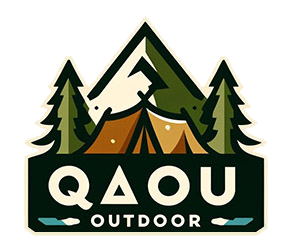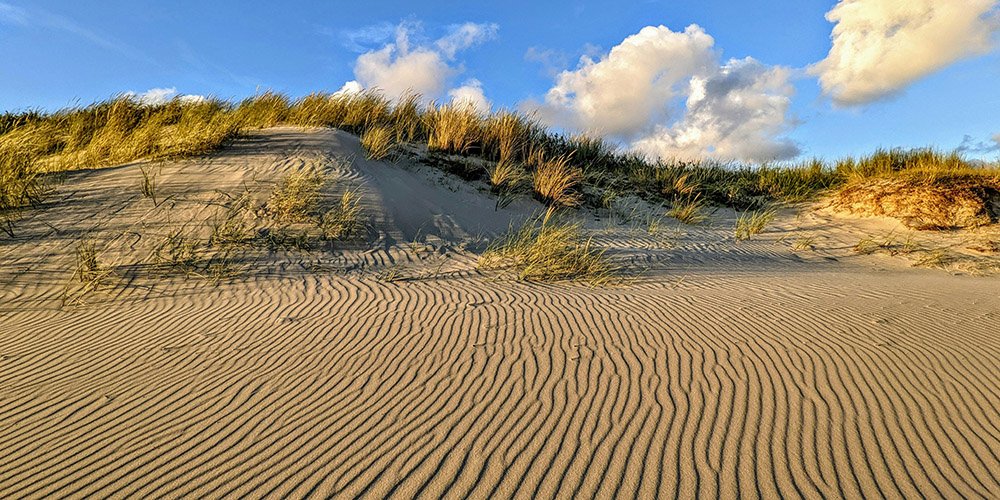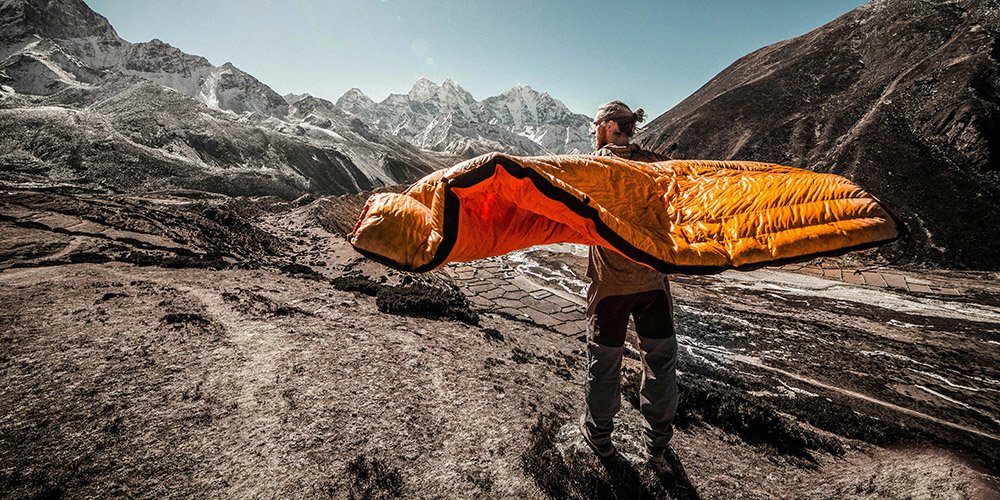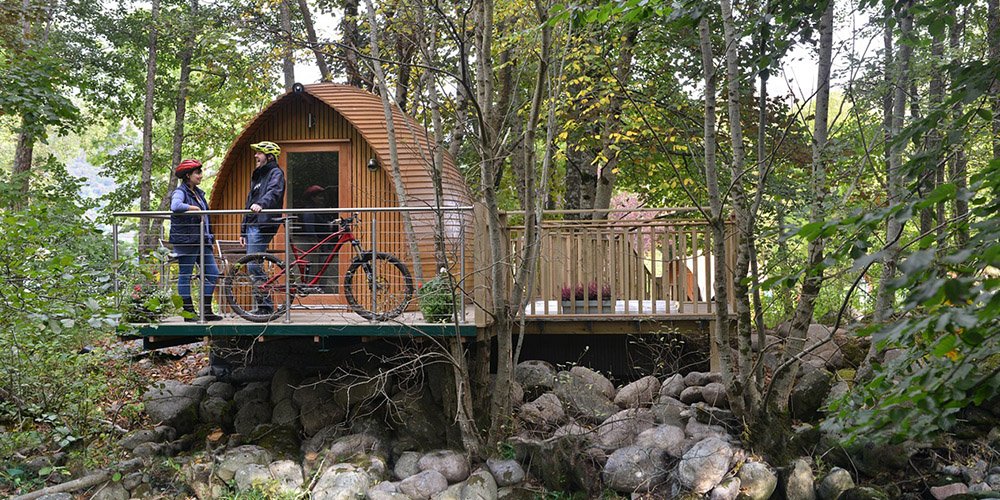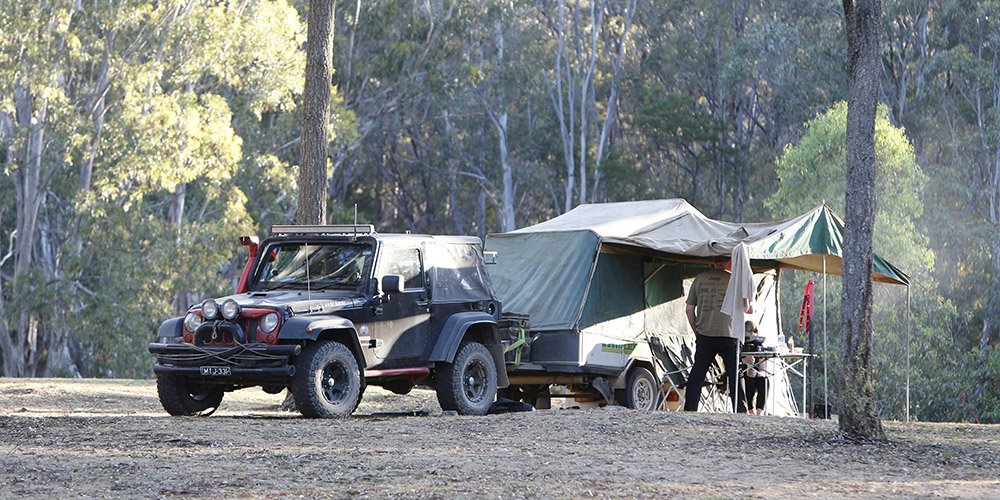Cold Weather Camping Tips: How to Enjoy The Winter Outside
Cold weather camping offers a serene and crisp adventure that few outdoor experiences can match. There’s a unique tranquility in waking up to a landscape blanketed in fresh snow, surrounded by quiet, crisp air. However, camping in cold conditions also brings its set of challenges, requiring thorough preparation to ensure safety and enjoyment.
The cold intensifies challenges, making it crucial to be well-prepared with the right gear, clothing, and knowledge. This article delves into essential tips for braving the elements, ensuring that your winter camping experience is memorable for all the right reasons.
Choosing the Right Gear
The foundation of a successful cold weather camping trip lies in selecting the appropriate gear. Key among these are:
- 4-Season Tent: Unlike their 3-season counterparts, 4-season tents are designed to withstand harsh winter conditions. They feature more durable fabrics and stronger poles, and less mesh on the tent body to protect against biting winds and heavy snow.
- Sleeping Bags: Opt for a sleeping bag rated at least 10°F lower than the coldest temperature you expect to encounter. This buffer ensures you stay warm throughout the night. Sleeping bags designed for cold weather often come with features like draft collars and insulated hoods that help retain heat.
- Insulated Sleeping Pads: The ground in winter can sap heat from your body faster than the air. Use insulated sleeping pads with a high R-value, which measures the material’s ability to insulate. For extra protection, layer two pads — a closed-cell foam pad underneath a self-inflating one provides a combination of insulation and comfort.
- Dual Sleeping Pads: Employing two sleeping pads not only adds an extra layer of insulation from the cold ground but also increases cushioning. This setup can significantly enhance your sleep quality and warmth.
Dressing Appropriately
Mastering the art of layering is crucial for staying warm and comfortable while camping in cold weather:
- Base Layer: This is your moisture management layer. Opt for materials like merino wool or synthetic fabrics that wick moisture away from the skin, keeping you dry and warm. Avoid cotton as it retains moisture and can lead to a rapid loss of body heat.
- Insulation Layer: This middle layer traps body heat to provide warmth. Fleece, down, or synthetic insulated jackets are popular choices. The thickness and weight of the insulation should correspond to the activity level and temperatures expected.
- Shell Layer: The outermost layer protects you from wind, rain, and snow. Look for a jacket and pants that are both waterproof and breathable, ensuring that moisture from the environment and sweat can escape, keeping you dry.
Understanding and implementing these layering principles ensures that you can adjust your body temperature as activity levels and external conditions change. This flexibility is key to maintaining comfort throughout your trip.

Setting Up Camp
Selecting the right spot and setting up your camp effectively are crucial for a successful cold weather camping experience:
- Location Selection: Choose a campsite that offers natural protection from the wind, such as near rock formations or dense stands of evergreen trees. Avoid valleys and areas where cold air settles at night. Position your tent so that it can benefit from the morning sun, which will help melt any overnight frost and warm up your space quicker.
- Snow and Ground Preparation: If camping on snow, compact it before setting up your tent to create a solid foundation. This prevents you from sinking during the night. Clear away any snow and debris to minimize moisture entering the tent.
- Tent Setup: Secure your tent with strong stakes designed for snowy environments. If expecting heavy snow, build a snow wall around the perimeter of your tent to add insulation and reduce wind chill.
- Ventilation: Even in cold weather, ensure your tent is well-ventilated to prevent condensation buildup inside. This can be managed by slightly opening tent vents or doors to allow for airflow, reducing moisture inside the tent that can freeze and create a colder interior climate.
Maintaining Warmth in the Tent
Keeping warm throughout the night is vital during cold weather camping. Here are some effective strategies:
- Insulate From the Ground: Use a high R-value sleeping pad or combine multiple pads to create a barrier against the cold ground. A foam pad underneath an air pad can provide both insulation and comfort.
- Sleeping Bag Choice: Choose a sleeping bag that’s suitable for the temperature and consider using a sleeping bag liner for additional warmth. Opt for bags filled with down or a high-quality synthetic material for optimal heat retention.
- Warm Before Bed: Heat water and fill a durable water bottle to use as a bed warmer. Placing this near your core or feet can help increase your body temperature throughout the night.
- Clothing: Wear dry, warm clothing to bed. Avoid wearing the same clothes you had on during the day as they may be damp. Layer appropriately and wear a beanie, a neck gaiter, and thermal socks to prevent heat loss from your head and feet.
- Use Mylar Blankets: Reflective mylar blankets can be placed under the sleeping pad or over it inside the sleeping bag to reflect body heat back to you, enhancing warmth without adding significant weight to your pack.
Food and Hydration
Proper nutrition and staying hydrated are critically important in cold weather camping, as your body burns more calories to stay warm.
- High-Energy Foods: Opt for calorie-dense foods such as nuts, dried fruits, jerky, and chocolate. These foods are not only nutritious but also provide quick energy boosts without taking up much space in your pack.
- Hot Meals and Drinks: Prepare hot meals to help raise your body temperature. Utilize a camp stove that is effective in cold temperatures, such as liquid fuel stoves, which perform well even under freezing conditions. Hot beverages like tea, hot chocolate, or coffee can also provide warmth and comfort.
- Prevent Freezing: To prevent your water supply from freezing, use insulated bottles and keep them inside your backpack or sleeping bag. Consider using a hydration system with an insulated hose to prevent the water from freezing.
- Cooking Safety: Always cook outside the tent to avoid risks of carbon monoxide poisoning and tent fires. Keep your stove shielded from the wind for efficient cooking.
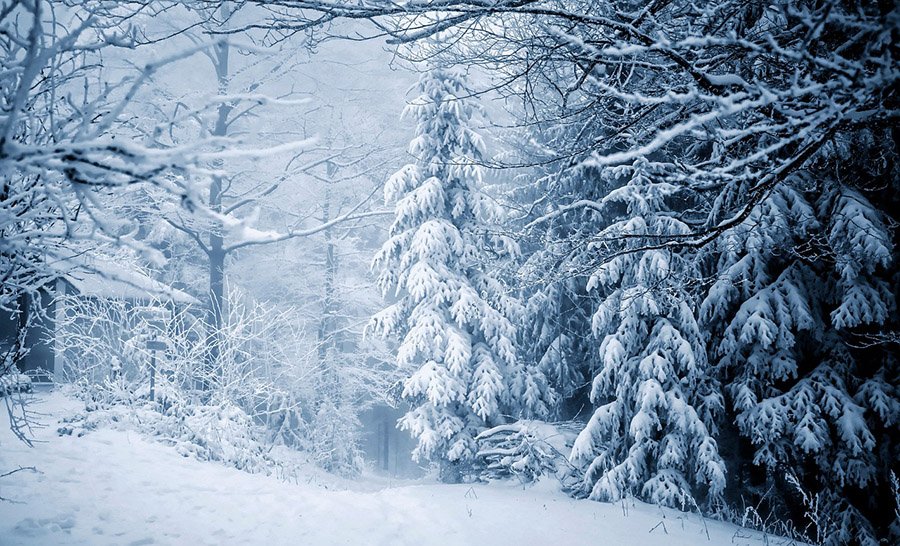
Safety and Emergency Preparedness
Being prepared for emergencies is vital in cold weather conditions where risks are magnified.
- Weather Awareness: Keep an eye on the weather forecast before and during your trip. Winter weather can be unpredictable, and conditions can deteriorate quickly.
- Emergency Kit: Carry an emergency kit that includes items like a whistle, waterproof matches, a fire-starting kit, extra food, a first aid kit, and an emergency shelter or bivy sack.
- Communication: Have a reliable way to communicate in case of an emergency, such as a cell phone with a fully charged battery, a satellite phone, or a personal locator beacon, especially in areas with poor cell service.
- Buddy System: Whenever possible, camp with a companion. If you must go solo, always inform someone of your plans, including where you are going and when you expect to return.
- Avalanche Safety: If you’re camping in areas prone to avalanches, educate yourself about avalanche safety, carry appropriate gear like a beacon, probe, and shovel, and know how to use them.
Additional Tips and Tricks
Maximizing comfort and efficiency during cold weather camping involves several lesser-known tips that can make a significant difference:
- Layer Your Clothing Properly: Rather than relying solely on a thick coat, layering your clothing allows you to adjust your body temperature easily as you move or as temperatures change. Start with a moisture-wicking base layer, add an insulating middle layer, and finish with a waterproof and windproof outer layer.
- Stay Dry: Moisture is the enemy in cold environments. Keep all your gear dry, and change out of wet clothing immediately to prevent heat loss. Pack extra socks, gloves, and a hat in case they become damp.
- Use Heat Packs: Disposable heat packs can be placed in gloves, boots, and pockets for extra warmth during extremely cold conditions. These are especially useful for keeping your extremities warm, which is crucial for overall comfort and preventing frostbite.
- Windproof Your Campsite: Set up barriers to block the wind, such as positioning your tent behind natural windbreaks or using additional tarps strategically placed around your campsite.
- Create a Warm Sleeping Environment: Before going to bed, fill a water bottle with hot water and place it in your sleeping bag to warm it up. Use a sleeping bag liner for additional warmth, and wear a beanie to bed to prevent heat loss from your head.
Final Thoughts
Cold weather camping is a challenging but rewarding endeavor that offers unique experiences and breathtaking views that aren’t available during other seasons. With the right gear, good planning, and effective strategies to combat the cold, you can enjoy the serene beauty of winter landscapes safely and comfortably.
Always remember that preparation is key—investing time in planning and preparing for your cold weather camping trip will ensure that you have a safe and enjoyable experience. By respecting nature and practicing responsible camping habits, you help preserve the environment and ensure that these wilderness areas remain available for future adventurers to enjoy.
